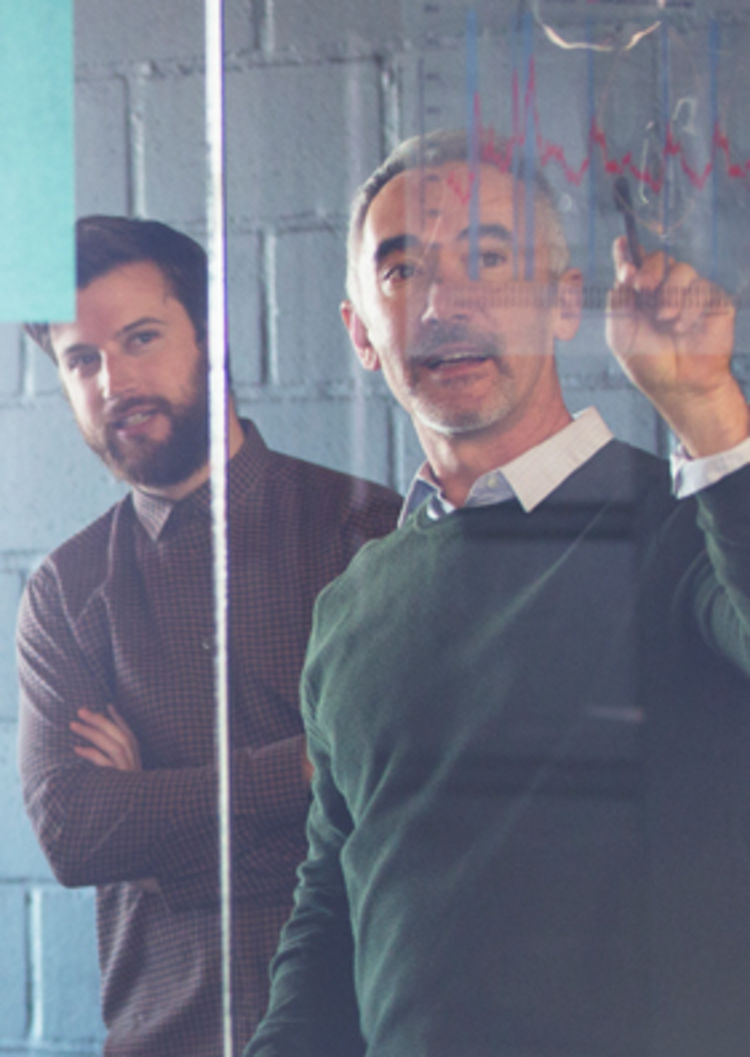Geodemographics - blogs and resources
Visit the Geodemographics Knowledge Base (GKB) for expert blogs and links to useful sources of geodemographic data and knowledge.
The Office for National Statistics in transforming the way it carries out the census and produces statistics about the UK society and economy. The ambition is use existing data to produce better statistics.
It is no a secret that data is all around us. We leave a data footprint wherever we go and whatever we do. This is our modern way of life and overall, has led to better lives for billions of people worldwide.
The Office for National Statistics is on a data revolution journey too, keen to lead the way in improving statistics so that they are useful for many people, offer insight into our society and economy and help people make good – and better- decisions.
Most statistics are produced using data collected from surveys. These are well established and are backed by statistical theory. If you don’t dabble in math now, you may recall from your school days using Probability to infer from samples to populations. In short, we know that if we have a random sample, we don’t need to ask everyone in the population the same questions. This is handy most of the time and saves a lot of time and money but once a decade we conduct the Census – our biggest and most ambitious survey - aiming to cover everyone living in the UK.
The Census is a fascinating source of data and is very useful to many people. The problem is that it is a mammoth task and becomes out of date almost as soon as the data is collected. This isn’t surprising given the relative ease with which people move, change jobs, earn more (or less) and change their relationships nowadays.
And so the Office for National Statistics has embarked on an ambitious transformation programme, aiming to utilize additional sources of data from Government and other sectors to paint a rich picture of life in the UK. We are mapping what people want to know, and seeing whether data collected by others can help us answer those questions.
From speaking to people who use our statistics, we know they are interested in the story of the population of the UK and the demographics of each place. They want to know how many people live here, what kind of houses they live in, what kind of work they might do, what the average income in a city or town is and so on. Our challenge in to answer these questions as reliably and as fast as we can. To that end we are planning to use data that has already been collected to see if we can provide the answers. For example, people already fill in tax returns and pay tax, so we could work out how much people earn on average in a certain area. Likewise, children go to school and people register with GPs. What can these tell us about the number of people living in an area?
The added advantage of using admin data in this way is that we can apply big data methods (because there is quite a lot of data!) and we can produce nuances of the same reports with (relative) ease.
We can also start thinking about different audiences and what they need. Where once it was almost universal to have one family living in one household in one address, modern ways of living make this relationship much more complex – with many individuals being part of more than one household – and households often sharing the same space. We are working to identify ways in which we might use admin data to keep track of this complex relationship and continue to produce the statistics users need. The MRS and its members’ needs are a key input here and we will continue to engage with you regularly as this work develops.
Another example relates to how people move around. This is really important information for people planning services and businesses. In the traditional census, we asked people where they work. This enabled complex analysis that resulted in ‘travel to work’ statistics. It isn’t hard to see that even since the last census in 2011 working patterns have changed significantly. Many people travel to different places, work from home in varying patterns and use technology to work from anywhere. Working with mobile phone providers, we can develop statistics that tell us a much richer story.
It’s very important to remember that when it comes to statistics we (both the Office and the users of Statistics) are never interested in individuals - we are not interested in you, we are interested in people like you. We go to great lengths to keep data safe and secure, using anonymised and deidentified data to produce statistics and we have a range of security measures in place based on Government and international standards that apply to our staff and our systems
Some people can be quite nervous about using data in this way. We are very happy to discuss how we ensure the data is safeguarded and are confident that the responsible use of this data will lead to better decisions so that the country can build homes in the right places, make sure there are enough hospitals and schools and that the infrastructure is there to help people travel, work and play.
Sarah Henry, Director Methods. Data. Research.
Any views or opinions presented are solely those of the author and do not necessarily represent those of the MRS Census and Geodemographic Group unless otherwise specifically stated.

Visit the Geodemographics Knowledge Base (GKB) for expert blogs and links to useful sources of geodemographic data and knowledge.


Our newsletters cover the latest MRS events, policy updates and research news.
0 comments